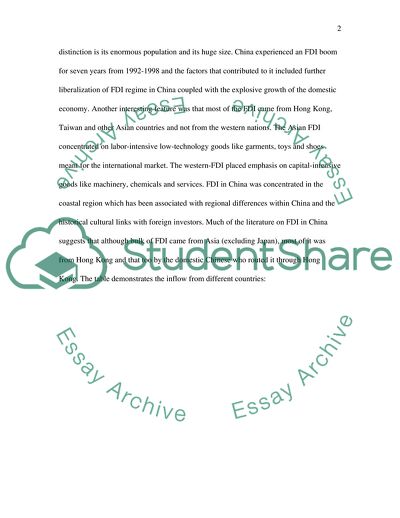Cite this document
(The Impact of Foreign Direct Investment on China's Economy Case Study, n.d.)
The Impact of Foreign Direct Investment on China's Economy Case Study. https://studentshare.org/macro-microeconomics/1709714-the-impact-of-foreign-direct-investment-on-chinas-economy
The Impact of Foreign Direct Investment on China's Economy Case Study. https://studentshare.org/macro-microeconomics/1709714-the-impact-of-foreign-direct-investment-on-chinas-economy
(The Impact of Foreign Direct Investment on China'S Economy Case Study)
The Impact of Foreign Direct Investment on China'S Economy Case Study. https://studentshare.org/macro-microeconomics/1709714-the-impact-of-foreign-direct-investment-on-chinas-economy.
The Impact of Foreign Direct Investment on China'S Economy Case Study. https://studentshare.org/macro-microeconomics/1709714-the-impact-of-foreign-direct-investment-on-chinas-economy.
“The Impact of Foreign Direct Investment on China'S Economy Case Study”. https://studentshare.org/macro-microeconomics/1709714-the-impact-of-foreign-direct-investment-on-chinas-economy.


